How large is a basketball
Basketball Sizes: A Quick Guide for All Levels of Play
Skip to content
NBA and College Basketball Sizes
Basketball sizes vary by age, gender, and level of play. The official size of the basketball used by the NBA is 29.5 inches in circumference. That’s the same size used throughout men’s college and high school basketball leagues. The WNBA uses a slightly smaller ball, measuring 28.5 inches in circumference.
For international play, specifically FIBA, the basketball used is what’s called a Molten GL7 for men and Molten GL6 for women. These basketballs typically feature two different colors and are slightly bigger, with a 30.7-inch circumference for the men’s ball and a 29-inch circumference for the women’s.
Youth Basketball Sizes
Boys in middle school (or ages 12-14), use a 28.5-inch ball, as do all women and girls ages 12 and up. For anyone, male or female, between the ages of nine and 11, a ball size of 27.![]() 5 inches in circumference is recommended and is the most commonly sized ball used in youth basketball leagues.
5 inches in circumference is recommended and is the most commonly sized ball used in youth basketball leagues.
Boys and girls between the ages of 4 and 8 use a basketball between sizes of 22 inches and 24.5 inches in circumference, depending on the individual’s hand size, which can be determined by a coach or parent by measuring from the bottom of the individual’s palm to the tip of his or her middle finger.
Basketball Inflation and Pressure RegulationsAn NBA basketball must be inflated to a pressure of 7.5 to 8.5 PSI. The WNBA uses the same pressure regulations.
In the NCAA, inflation requirements are given in weight, with the men’s ball having a maximum weight of 22 ounces and the women’s ball having a maximum weight of 20 ounces. In FIBA play, the official rules state that the ball “be inflated to an air pressure such that, when it is dropped onto the playing floor from a height of approximately 1,800 mm measured from the bottom of the ball, it will rebound to a height of between 1,200 mm and 1,400 mm, measured to the top of the ball.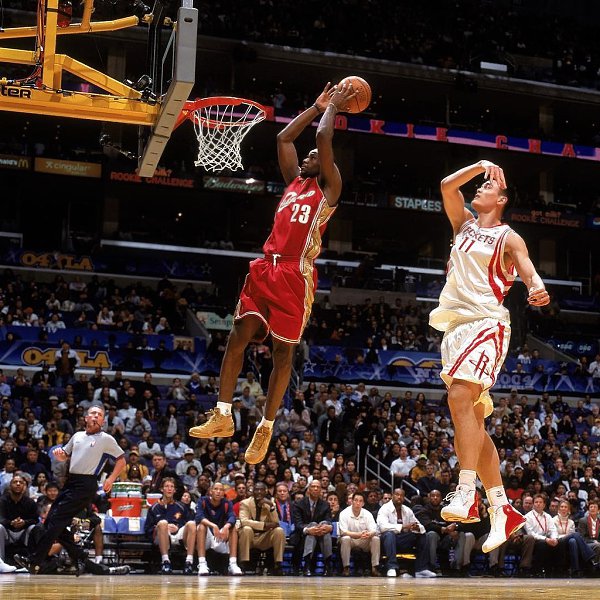 ”
”
What is the Diameter of a Basketball?A standard NBA basketball has a diameter between 9.43 and 9.51 inches. In the WNBA, the basketball has a diameter of between 9.07 and 9.23 inches. Basketballs used in the NCAA are between 9.39 and 9.55 inches for men and 9.07 and 9.23 inches for women.
Indoor vs. Outdoor Basketballs (a.k.a. “Street” Basketballs)Basketballs used for indoor and outdoor play differ in their material. Indoor basketballs are made of full-grain leather; basketballs meant for outdoor use are made of rubber.
Though basketballs made for indoor use may initially feel smooth to the touch, after a few uses, they become somewhat broken in and easier to grip, much like a baseball mitt. Leather basketballs should not be used outside because the concrete surface of an outdoor basketball court causes the leather to roughen and wear, which eventually ruins the ball’s grip.
Some indoor basketballs are made of composite or synthetic leather. The upside is that they don’t need to be broken in like a regular leather ball. But generally speaking, the quality is not as good.
Outdoor, or “street” balls, employ a rubber surface because it can absorb the rougher surface of a concrete court without sacrificing the ball’s grip. A rubber ball is also a good choice for beginners because it is the easiest ball to control.
Best Selling Basketball BrandsThe three best-selling basketball brands are Spalding, Nike, and Wilson. As the official ball of the NBA, Spalding is perhaps the most recognized basketball manufacturer. Nike and Wilson are also popular thanks to the variety of textures, technologies, and color schemes they offer.
A typical official-size men’s basketball retails on average between $30 and $60. Both the NBA and WNBA use Spalding basketballs, while the NCAA and most youth leagues use Wilson.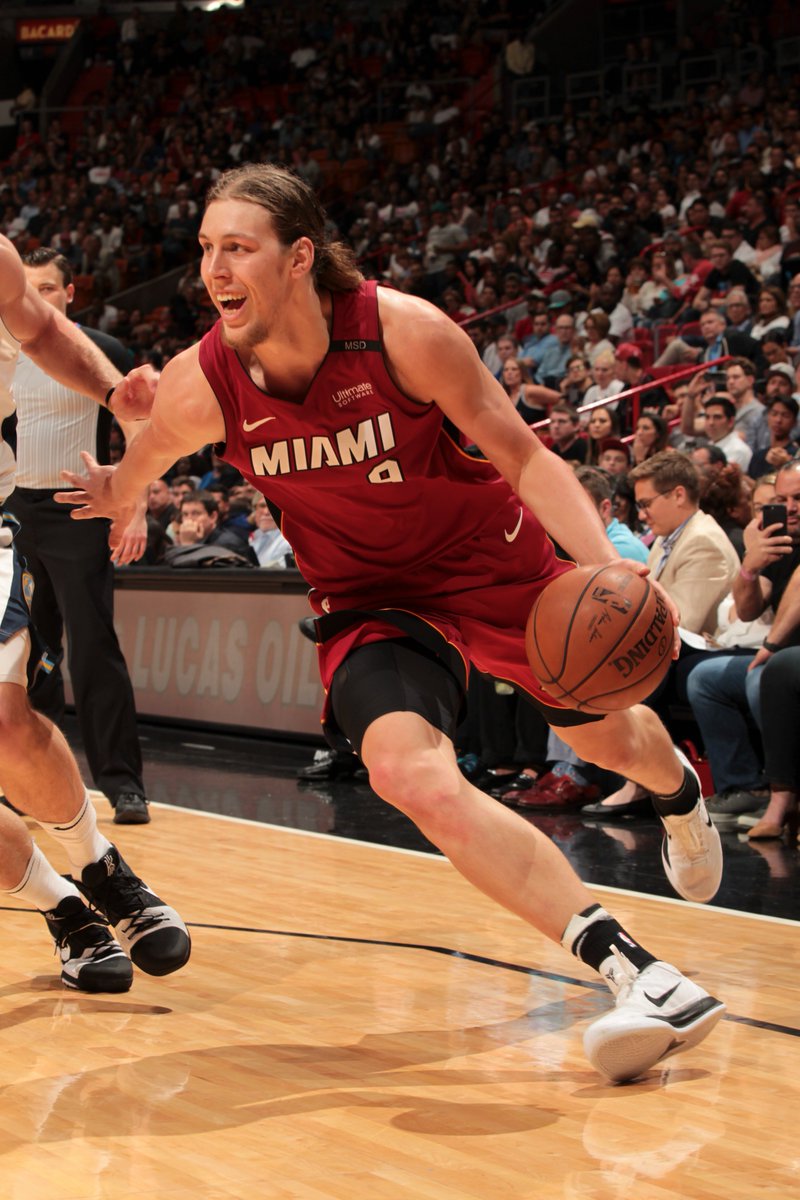 As mentioned previously, FIBA and international leagues use Molten as their basketball provider.
As mentioned previously, FIBA and international leagues use Molten as their basketball provider.
READ MORE:
- Basketball Court Dimensions and Hoop Height: A Quick Guide
- Helpful Stretches for Basketball Players
- AAU Basketball, Explained
- How to Build a Basketball Body
Share This Story!
MOST POPULAR
NBA and College Basketball Sizes
Basketball sizes vary by age, gender, and level of play. The official size of the basketball used by the NBA is 29.5 inches in circumference. That’s the same size used throughout men’s college and high school basketball leagues. The WNBA uses a slightly smaller ball, measuring 28.5 inches in circumference.
For international play, specifically FIBA, the basketball used is what’s called a Molten GL7 for men and Molten GL6 for women.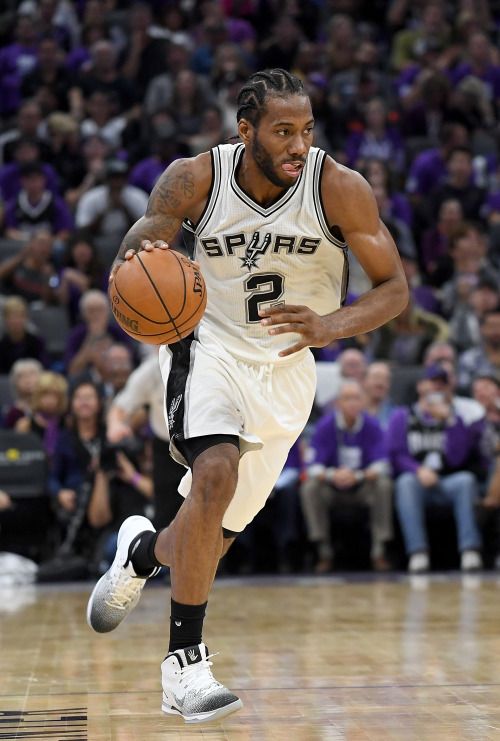 These basketballs typically feature two different colors and are slightly bigger, with a 30.7-inch circumference for the men’s ball and a 29-inch circumference for the women’s.
These basketballs typically feature two different colors and are slightly bigger, with a 30.7-inch circumference for the men’s ball and a 29-inch circumference for the women’s.
Youth Basketball Sizes
Boys in middle school (or ages 12-14), use a 28.5-inch ball, as do all women and girls ages 12 and up. For anyone, male or female, between the ages of nine and 11, a ball size of 27.5 inches in circumference is recommended and is the most commonly sized ball used in youth basketball leagues.
Boys and girls between the ages of 4 and 8 use a basketball between sizes of 22 inches and 24.5 inches in circumference, depending on the individual’s hand size, which can be determined by a coach or parent by measuring from the bottom of the individual’s palm to the tip of his or her middle finger.
Basketball Inflation and Pressure RegulationsAn NBA basketball must be inflated to a pressure of 7.5 to 8.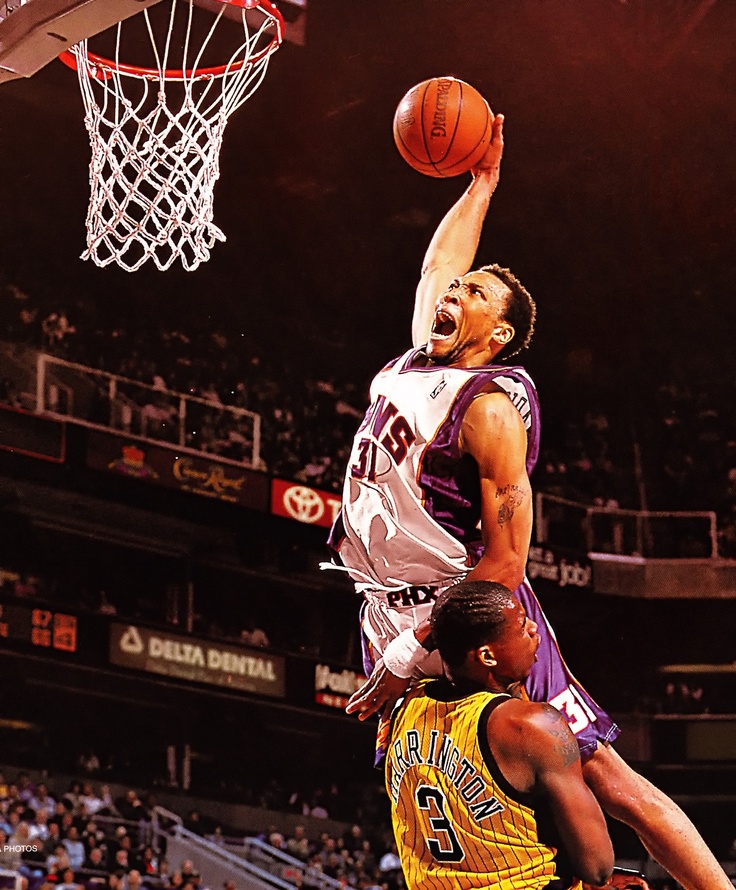 5 PSI. The WNBA uses the same pressure regulations.
5 PSI. The WNBA uses the same pressure regulations.
In the NCAA, inflation requirements are given in weight, with the men’s ball having a maximum weight of 22 ounces and the women’s ball having a maximum weight of 20 ounces. In FIBA play, the official rules state that the ball “be inflated to an air pressure such that, when it is dropped onto the playing floor from a height of approximately 1,800 mm measured from the bottom of the ball, it will rebound to a height of between 1,200 mm and 1,400 mm, measured to the top of the ball.”
What is the Diameter of a Basketball?A standard NBA basketball has a diameter between 9.43 and 9.51 inches. In the WNBA, the basketball has a diameter of between 9.07 and 9.23 inches. Basketballs used in the NCAA are between 9.39 and 9.55 inches for men and 9.07 and 9.23 inches for women.
Indoor vs. Outdoor Basketballs (a.k.a. “Street” Basketballs)Basketballs used for indoor and outdoor play differ in their material.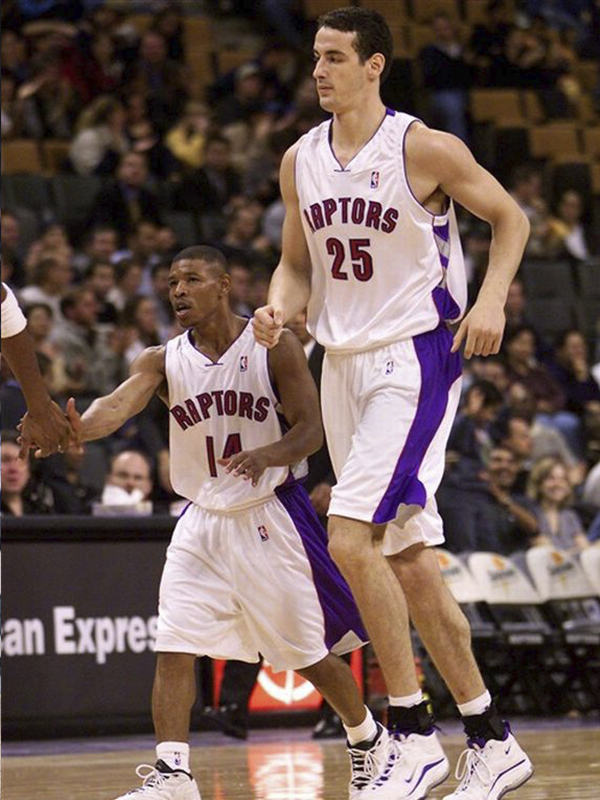 Indoor basketballs are made of full-grain leather; basketballs meant for outdoor use are made of rubber.
Indoor basketballs are made of full-grain leather; basketballs meant for outdoor use are made of rubber.
Though basketballs made for indoor use may initially feel smooth to the touch, after a few uses, they become somewhat broken in and easier to grip, much like a baseball mitt. Leather basketballs should not be used outside because the concrete surface of an outdoor basketball court causes the leather to roughen and wear, which eventually ruins the ball’s grip.
Some indoor basketballs are made of composite or synthetic leather. The upside is that they don’t need to be broken in like a regular leather ball. But generally speaking, the quality is not as good.
Outdoor, or “street” balls, employ a rubber surface because it can absorb the rougher surface of a concrete court without sacrificing the ball’s grip. A rubber ball is also a good choice for beginners because it is the easiest ball to control.
Best Selling Basketball BrandsThe three best-selling basketball brands are Spalding, Nike, and Wilson. As the official ball of the NBA, Spalding is perhaps the most recognized basketball manufacturer. Nike and Wilson are also popular thanks to the variety of textures, technologies, and color schemes they offer.
As the official ball of the NBA, Spalding is perhaps the most recognized basketball manufacturer. Nike and Wilson are also popular thanks to the variety of textures, technologies, and color schemes they offer.
A typical official-size men’s basketball retails on average between $30 and $60. Both the NBA and WNBA use Spalding basketballs, while the NCAA and most youth leagues use Wilson. As mentioned previously, FIBA and international leagues use Molten as their basketball provider.
READ MORE:
- Basketball Court Dimensions and Hoop Height: A Quick Guide
- Helpful Stretches for Basketball Players
- AAU Basketball, Explained
- How to Build a Basketball Body
Share This Story!
Page load link
Basketball Dimensions & Drawings | Dimensions.com
Sports
>
Basketball
Basketball sizes come in variations for different ages, genders, and level of play. The official NBA and competitive professional basketball is 29.5” | 74.9 cm in circumference with a diameter between 9.43”-9.51” | 24-24.2 cm. Professional basketballs must be inflated to a pressure between 7.5-8.5 PSI and cannot exceed the maximum weight of 22 ounces. When choosing a basketball, consider whether the play environment will be primarily outdoor or indoor because indoor basketballs perform best as full-grain leather constructions and outdoor basketballs are better as rubber.
The official NBA and competitive professional basketball is 29.5” | 74.9 cm in circumference with a diameter between 9.43”-9.51” | 24-24.2 cm. Professional basketballs must be inflated to a pressure between 7.5-8.5 PSI and cannot exceed the maximum weight of 22 ounces. When choosing a basketball, consider whether the play environment will be primarily outdoor or indoor because indoor basketballs perform best as full-grain leather constructions and outdoor basketballs are better as rubber.
Basketball sizes come in variations for different ages, genders, and level of play. The official NBA and competitive professional basketball is 29.5” | 74.9 cm in circumference with a diameter between 9.43”-9.51” | 24-24.2 cm. Professional basketballs must be inflated to a pressure between 7.5-8.5 PSI and cannot exceed the maximum weight of 22 ounces. When choosing a basketball, consider whether the play environment will be primarily outdoor or indoor because indoor basketballs perform best as full-grain leather constructions and outdoor basketballs are better as rubber.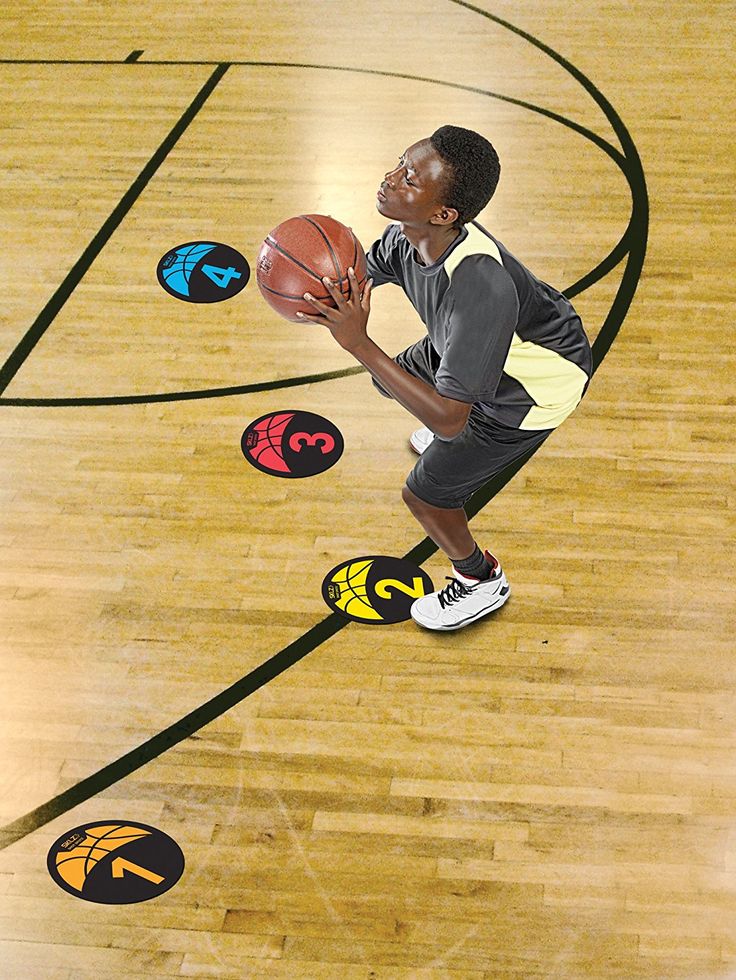
Upgrade to Pro
*Under Development*
Height:
9.43”-9.51” | 24-24.2 cm
Width:
Depth:
Length:
Weight:
Circumference: 29.5” | 74.9 cm
Diameter: 9.43”-9.51” | 24-24.2 cm
Pressure: 7.5-8.5 PSI
Weight: 22 ounces (maximum)
Material (Indoor): Full-grain leather
Material (Outdoor): Rubber
Birthday:
Properties
Drawings include:
Basketball elevation
Related Collections
Related Tags
Share
Text by
Bryan Maddock
Updated on
November 14, 2020
2D Downloads
For 2D Downloads of this element, upgrade to a Dimensions Pro Membership. Available in DWG (CAD, Imperial & Metric), SVG, JPG formats
3D Downloads
For 3D Downloads of this element, upgrade to a Dimensions Pro Membership.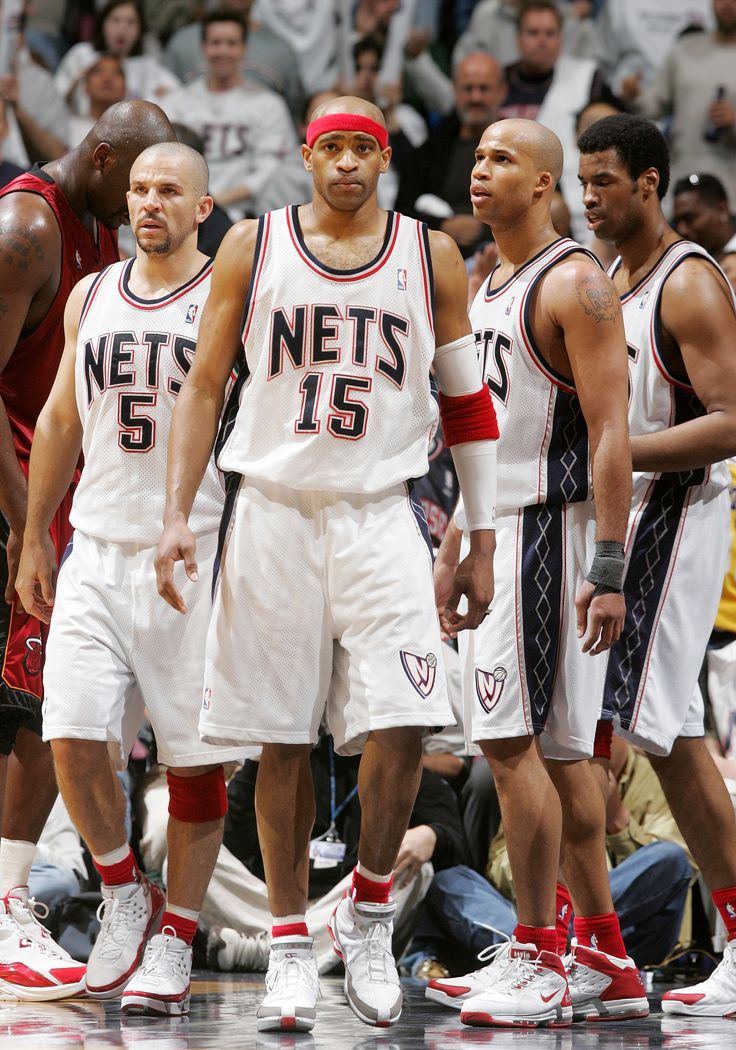 Available in 3DM (Rhino), OBJ (NURB), SKP (Sketchup) formats
Available in 3DM (Rhino), OBJ (NURB), SKP (Sketchup) formats
Upgrade to Dimensions Pro
Ad Blocker
Enjoy free drawings? We do too!
Advertising helps fund our work.
Please support the project by disabling
or whitelisting your ad blocker while browsing Dimensions.Guide. Thanks!
BasketballSports
Browse the Entire CollectionBrowse
Basketball is a team sport in which two teams of five players score points by shooting (throwing) a ball through an elevated hoop located on either side of the rectangular court. To advance the ball down the court, players must bounce the ball (dribble) or pass it to a teammate.
Sort by
Thank you! Your submission has been received!
Oops! Something went wrong while submitting the form.
6'9" | 2.06 m
—
—
—
—
—
—
December 30, 1984
—
LeBron James
206.000
1984.00
1810000
6'7" | 2. 01 m
01 m
—
—
—
—
—
—
June 29, 1991
—
Kawhi Leonard
201.000
1991.00
1400000
6’10” | 2.08 m
—
—
—
—
—
—
September 29, 1988
—
Kevin Durant
208.000
1988.00
1100000
6’6" | 1.98 m
—
—
—
—
—
—
July 6, 2000
—
Zion Williamson
198.000
2000.00
848000
6’10” | 2.08 m
—
—
—
—
—
—
March 11, 1993
—
Anthony Davis
208.000
1993.00
578000
6’6" | 1.98 m
—
—
—
—
—
—
February 17, 1963
—
Michael Jordan
198.000
1963.00
499000
6’3" | 1.91 m
—
—
—
—
—
—
November 12, 1988
—
Russell Westbrook
191.000
1988.00
496000
6’8” | 2.03 m
—
—
—
—
—
—
May 29, 1984
—
Carmelo Anthony
203.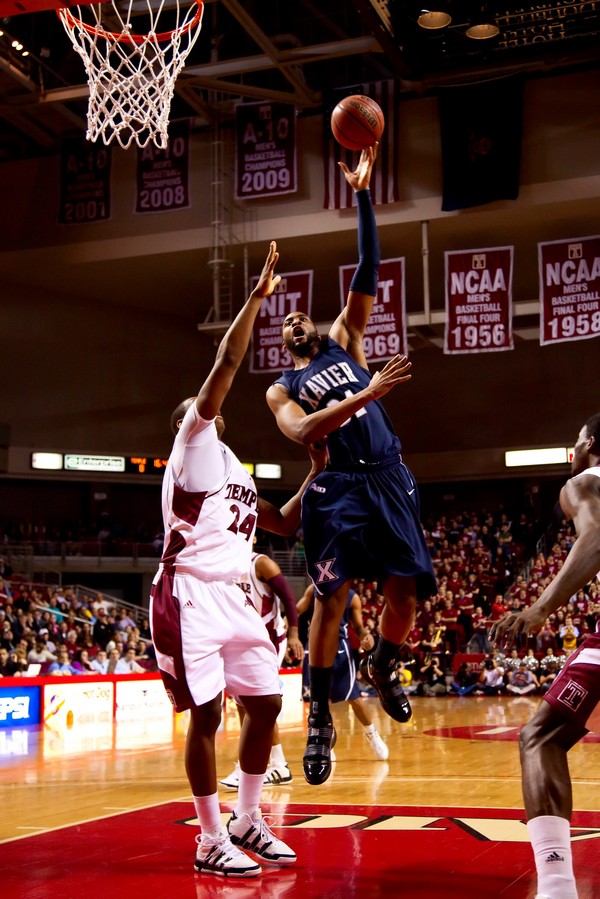 000
000
1984.00
489000
6'7" | 2.01 m
—
—
—
—
—
—
February 28, 1999
—
Luka Dončić
201.000
1999.00
478000
6’11" | 2.11 m
—
—
—
—
—
—
December 6, 1994
—
Giannis Antetokounmpo
211.000
1994.00
472000
5’9” | 1.75 m
—
—
—
—
—
—
February 7, 1989
—
Isaiah Thomas
175.000
1989.00
471000
6’3" | 1.91 m
—
—
—
—
—
—
March 14, 1988
—
Steph Curry
191.000
1988.00
431000
6’5” | 1.96 m
—
—
—
—
—
—
August 26, 1989
—
James Harden
196.000
1989.00
419000
6’6” | 1.98 m
—
—
—
—
—
—
August 23, 1978
—
Kobe Bryant
198.000
1978.00
393000
7’1” | 2.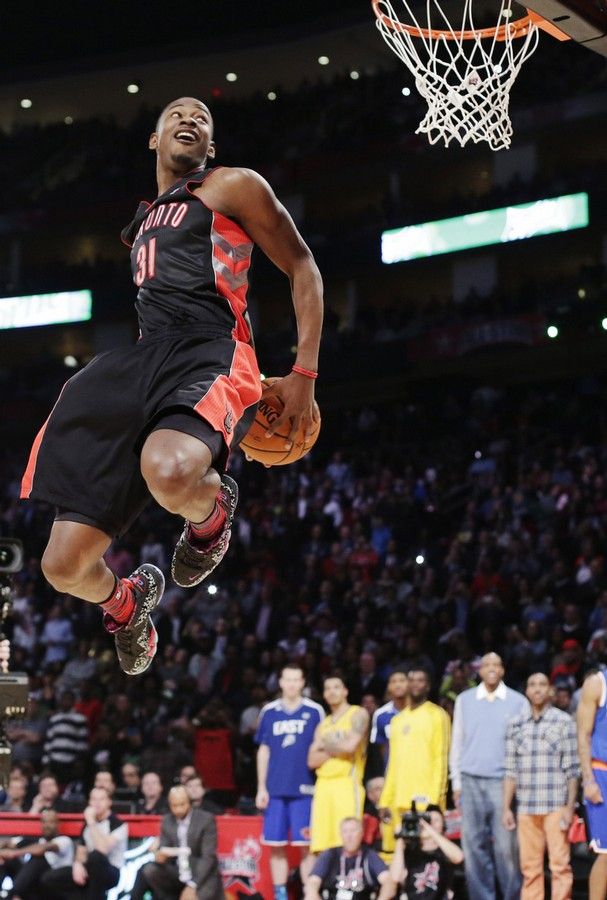 16 m
16 m
—
—
—
—
—
—
March 6, 1972
—
Shaquille O’Neal
216.000
1972.00
327000
6'7" | 2.01 m
—
—
—
—
—
—
September 14, 1989
—
Jimmy Butler
201.000
1989.00
307000
6’4” | 1.93 m
—
—
—
—
—
—
January 17, 1982
—
Dwyane Wade
193.000
1982.00
294000
6’1" | 1.85 m
—
—
—
—
—
—
May 6, 1985
—
Chris Paul
185.000
1985.00
287000
7’0” | 2.13 m
—
—
—
—
—
—
March 16, 1994
—
Joel Embiid
213.000
1994.00
207000
6’2” | 1.88 m
—
—
—
—
—
—
July 15, 1990
—
Damian Lillard
188.000
1990.00
206000
6'9" | 2.06 m
—
—
—
—
—
—
August 14, 1959
—
Magic Johnson
206.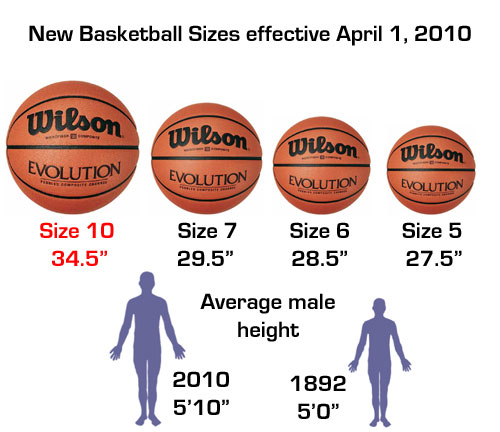 000
000
1959.00
203000
6’6" | 1.98 m
—
—
—
—
—
—
February 20, 1963
—
Charles Barkley
198.000
1963.00
176000
6’8” | 2.03 m
—
—
—
—
—
—
March 3, 1998
—
Jayson Tatum
203.000
1998.00
160000
7’1" | 2.16 m
—
—
—
—
—
—
August 21, 1936
—
Wilt Chamberlain
216.000
1936.00
145000
6'9" | 2.06 m
—
—
—
—
—
—
December 7, 1956
—
Larry Bird
206.000
1956.00
144000
7’2” | 2.18 m
—
—
—
—
—
—
April 16, 1947
—
Kareem Abdul-Jabbar
218.000
1947.00
139000
7’0” | 2.13 m
—
—
—
—
—
—
February 19, 1995
—
Nikola Jokić
213.000
1995.00
135000
6’0” | 1.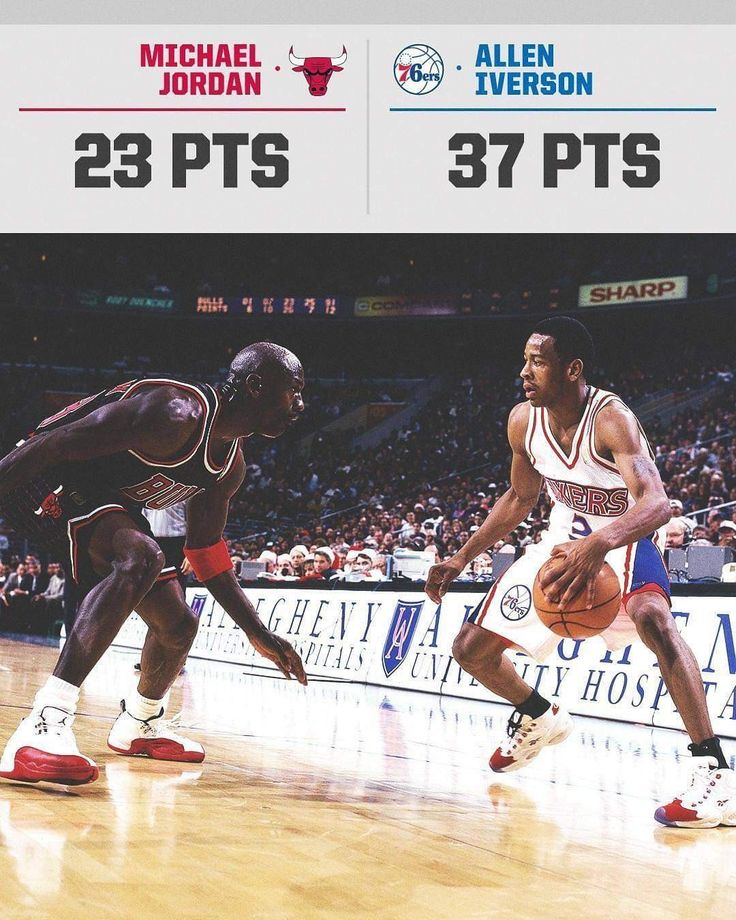 83 m
83 m
—
—
—
—
—
—
June 7, 1975
—
Allen Iverson
183.000
1975.00
129000
7’6” | 2.29 m
—
—
—
—
—
—
September 12, 1980
—
Yao Ming
229.000
1980.00
107000
7’0” | 2.13 m
—
—
—
—
—
—
June 19, 1978
—
Dirk Nowitzki
213.000
1978.00
83000
6'9" | 2.06 m
—
—
—
—
—
—
February 12, 1934
—
Bill Russell
206.000
1934.00
82000
6’11" | 2.11 m
—
—
—
—
—
—
April 25, 1976
—
Tim Duncan
211.000
1976.00
82000
6’3" | 1.91 m
—
—
—
—
—
—
February 7, 1974
—
Steve Nash
191.000
1974.00
76000
7’0” | 2.13 m
—
—
—
—
—
—
August 5, 1962
—
Patrick Ewing
213. 000
000
1962.00
67000
6’11" | 2.11 m
—
—
—
—
—
—
May 19, 1976
—
Kevin Garnett
211.000
1976.00
61000
—
—
—
—
—
—
—
Backboards
9.43”-9.51” | 24-24.2 cm
—
—
—
—
—
—
—
Basketball
24.200
https://p3d.in/e/cHJyj
—
—
—
—
—
—
—
Rims & Nets
—
—
—
—
—
—
—
Basketball Court
—
—
—
—
—
—
—
Hoop & Backboard
More Sports
Sports
View the CategoryCategory
How to choose a basketball?
Basketball is a fast and dynamic sport. To enjoy the gameplay, you need to buy high-quality inventory. Basketball equipment is presented in a wide range. Many well-known brands are engaged in the manufacture of balls for this sport.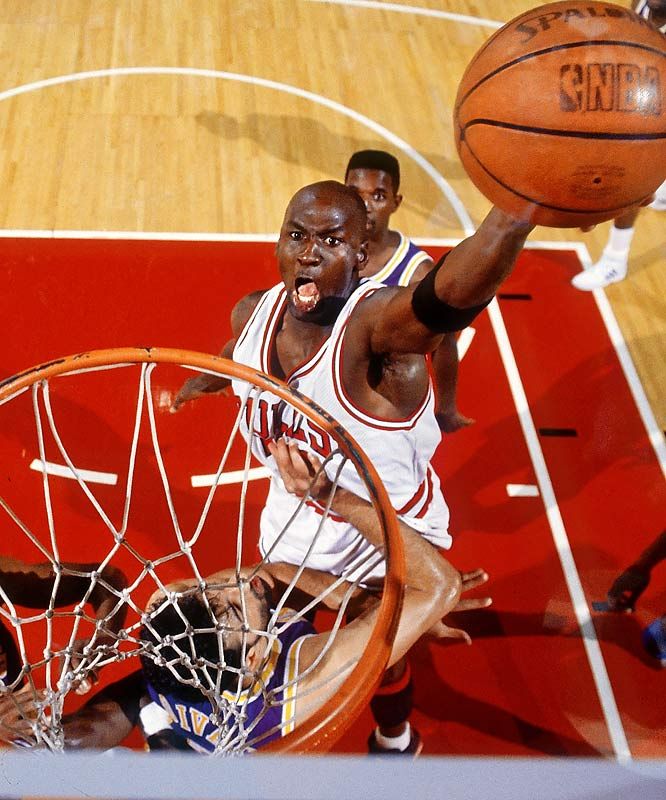 Which option to choose? Consider the main criteria.
Which option to choose? Consider the main criteria.
Types of basketballs
One of the most important selection criteria is the purpose of the ball. With this, you need to start looking for a suitable projectile, we will start with this, in total there are three types:
- for the hall;
- for the street;
- universal.
The Indoor Basketball has excellent grip on parquet. Made from nat. leather or synthetics. Professional athletes choose models with a composite coating. Microfiber provides a comfortable grip. The material muffles impacts during the dribble. It is forbidden to play on asphalt sites, as in such conditions the projectile will very quickly lose all its qualities.
For the open field (outdoor) use shells made of synthetic raw materials. This composition makes them extremely resistant to wear. Additional surface treatment enhances grip. The ball is easy to control.
Universal projectiles are made of rubber.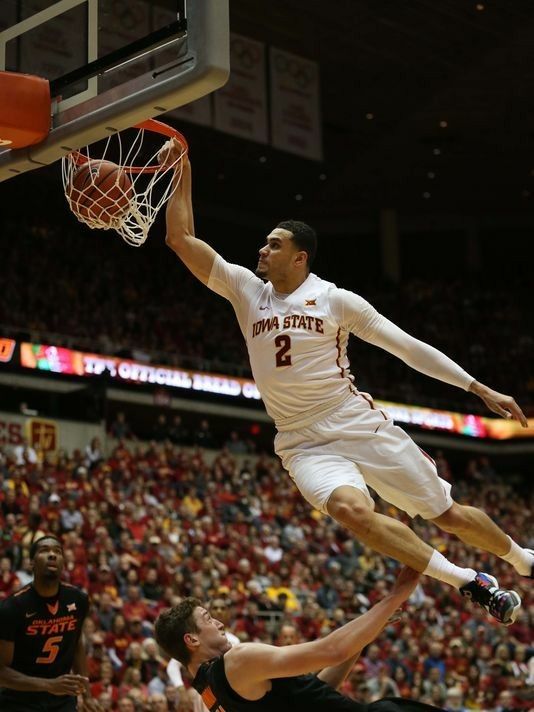 It is resistant to wear, behaves normally on parquet and can serve for quite a long time on open street areas. Some are covered with synthetic or composite materials. Manufacturers produce goods for sites with a smooth, wooden, rubber coating.
It is resistant to wear, behaves normally on parquet and can serve for quite a long time on open street areas. Some are covered with synthetic or composite materials. Manufacturers produce goods for sites with a smooth, wooden, rubber coating.
How to decide on the material
To understand how to choose a basketball, take into account the raw materials used in production. Durable versatile basketballs are made from artificial materials. Many professional indoor balls are made from composite leather.
Genuine leather is considered the best material for the hall. The leather ball is an essential element of any professional basketball tournament. If you see the marking “Supreme Leather” on such a ball, then the manufacturer used premium leather.
Quality check
The first evaluation method is rebound. A correctly inflated ball will bounce to a height of approximately 130 centimeters. There is an alternative way. Raise the professional ball to head level, and then release it.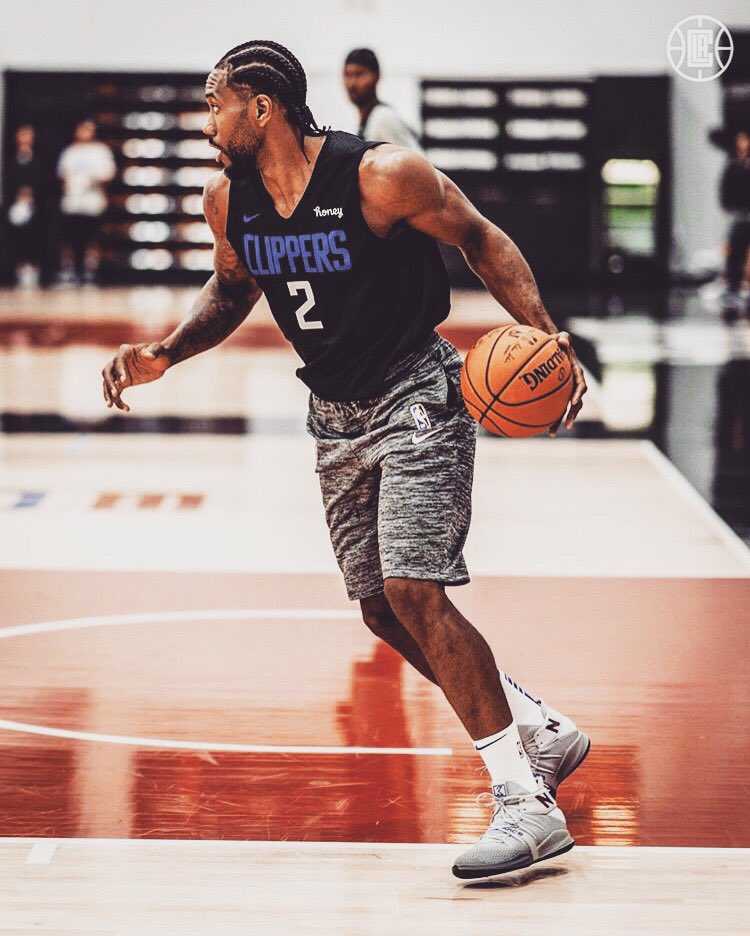 He should bounce to the waist. Look at the quality of the nipple.
He should bounce to the waist. Look at the quality of the nipple.
Do not sit on it or kick it to keep its original shape. Careful use preserves the correct rebound during the dribble. Elasticity is another indicator of quality. The ball must not become soft after a short play. Pump up periodically, but use only a special nozzle, and not a football needle.
Size
What size basketball should I buy? It all depends on the specifics of use. Marking No. 7 - the largest ball is intended for competitions of men's teams. The table shows absolutely all existing sizes:
Size